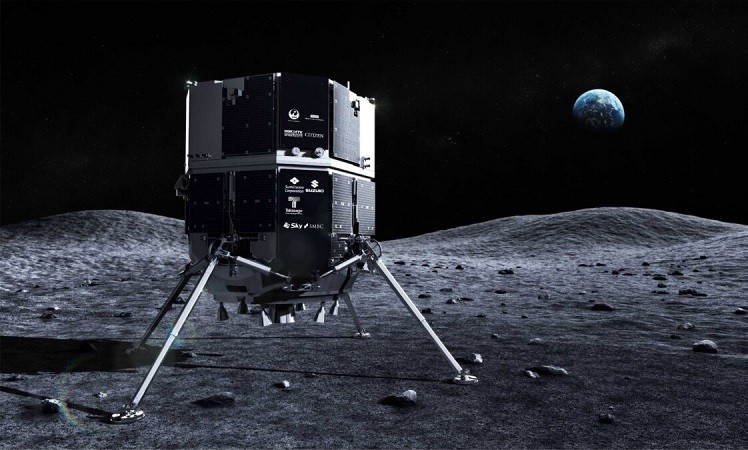
The Japanese government has allocated $80 million to support ispace in its endeavor to develop a groundbreaking lunar lander. This project runs in parallel with a similar initiative led by the company's U.S. subsidiary.
On October 20, ispace, headquartered in Tokyo, announced that it had secured an innovation grant from the Ministry of Economy, Trade, and Industry (METI) of the Japanese government. This grant, valued at up to 12 billion yen ($80 million), is part of the government's extensive efforts to bolster innovative research and development. It's intended to fund the creation of the Series 3 lunar lander, slated for launch by 2027.
The grant bestowed upon ispace is akin to the Small Business Innovation Research (SBIR) grants common in the United States but notably more substantial. The Series 3 lunar lander aims to have the capability to transport a minimum of 100 kilograms of payload to the lunar surface, as revealed by Ryo Ujiie, Chief Technology Officer of ispace, during an online briefing on October 23. Furthermore, the ultimate goal is for this lander to support payloads of up to 500 kilograms. Despite this exciting announcement, ispace's executives have shared few specifics about the Series 3 lander's design or provided any visual representations. Ujiie stated, "The Series 3 lander is in the early stages of development, and many details have yet to be determined."
Importantly, the Series 3 project will capitalize on the work undertaken for APEX 1.0, which was formerly referred to as Series 2. This development work is being pursued separately by ispace's American subsidiary, ispace U.S. Ujiie explained, "We will optimize the development process to improve efficiency. At the same time, there will be intentional differences between these two landers," although he did not delve into specifics.
Takeshi Hakamada, CEO of ispace, clarified that APEX 1.0 and the Series 3 lander will cater to distinct clienteles. He noted, "APEX 1.0 will be designed to fulfill NASA's requests and requirements, and it must comply with NASA's specifications, including the use of U.S.-made components." APEX 1.0 is designated for a NASA Commercial Lunar Payload Services (CLPS) mission spearheaded by Draper.
While APEX 1.0 is primarily oriented toward the U.S. market, Hakamada remarked that there is substantial international demand for lunar landers, which prompted the development of the Series 3 lander. He stated, "We are embarking on the creation of another lander to meet the needs of countries beyond the United States."
Despite not disclosing the exact cost of the Series 3 lander, ispace's leadership revealed that it will surpass the value of the METI grant. They are actively exploring various avenues to secure the additional funding required, including revenue generated from customer contracts.
Ispace has successfully launched one lunar lander to date, the HAKUTO-R M1 mission. Regrettably, this mission ended in a crash during an attempted lunar landing in April. The company's second lunar lander, following the same design, is scheduled for launch next year as Mission 2. Simultaneously, the first APEX 1.0 lander, which is part of the Draper CLPS mission, has been designated as Mission 3 by ispace and is set to launch in 2026.
The first mission for the Series 3 lander, funded by the METI grant, is currently slated for 2027. However, Takeshi Hakamada hinted that the naming of this mission might not follow a sequential order. He stated, "We are tentatively assuming it as Mission 6, but this may change," without elaborating on what missions 4 and 5 might entail.
Read More Space News